If you’ve been in a plant shop recently, you may have noticed the increased cost of houseplants. Maybe you were just looking for a plant to brighten your space, and now you’re spending $40 on a small monstera deliciosa. What is going on with plant pricing? Turns out a lot. Here are ten reasons why the price of houseplants has skyrocketed.
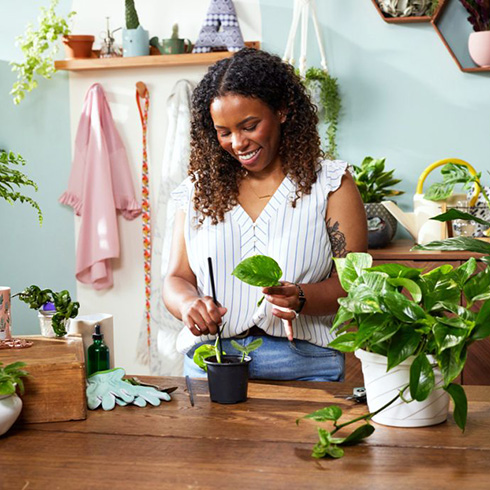
Plant Parenthood is Cool
When the COVID-19 pandemic hit in 2020, people were staying home more. With more time on our hands, many people were looking for new hobbies as well as ways to take part in self care. It wasn’t just banana bread and sourdough that had a moment in the spotlight at the start of the pandemic. Google searches for houseplants and home gardening and demand for plants overall spiked significantly in spring of 2020, with plant, seed, and soil shortages as companies struggled to keep up with demand. There’s no denying it: plant parenthood is cool!
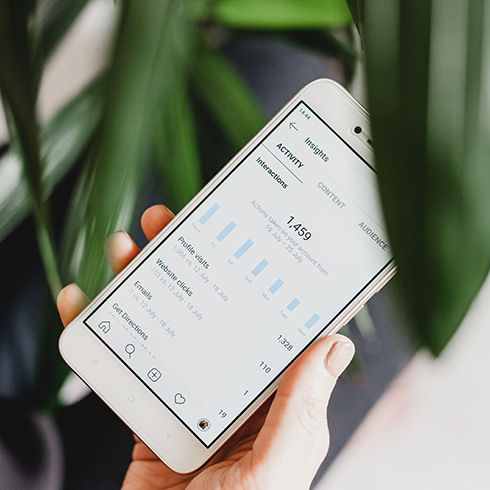
What’s Trending on #Plantstagram and #PlantTok
TikTok and Instagram have some serious influence on home trends, as well as lifestyle, fashion, and makeup trends, and the world of plants is no different. Plant Instagram (affectionately nicknamed Plantstagram) and Plant Tiktok (similarly, PlantTok) help make particular plants trendy. With gorgeous shots of the covetable Monstera Thai Constellation showing up on our For You pages, it makes sense that these trending plants would become more popular than their less-buzzed-about counterparts.
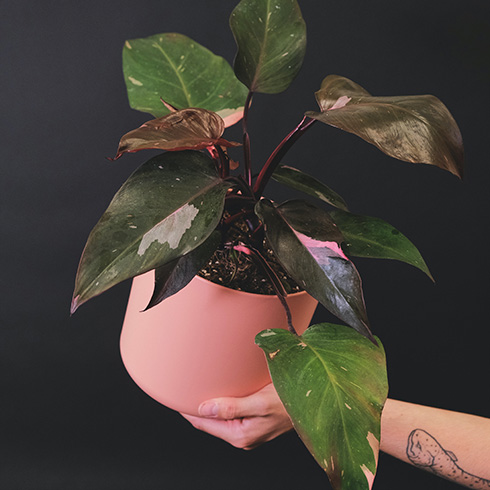
Supply and Demand
When a plant becomes popular on social media, demand surges, rapidly outpacing supply. As the laws of supply and demand dictate, high demand for a scarce product means that the product that is available will be more expensive. When growers respond to demand for popular plants and bring more plants onto the market, the price of those plants tends to come down.
From roughly 2017 to 2021, Pink Princess Philodendrons became extremely popular on Instagram and were also pretty uncommon plants. In 2021, I paid $65 for a teensy baby Pink Princess.
In 2023, in part thanks to tissue culture, you can find a well-established adult Pink Princess for $25 because they are much more common now.
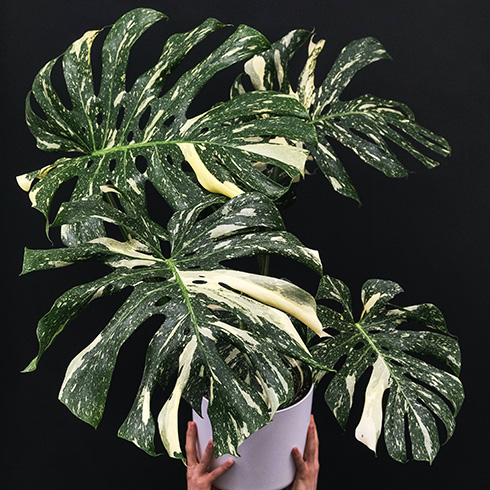
Variegation Adoration
There’s no doubt that variegated plants are the popular kids of the plant world. A plant is considered variegated when its leaves have colouring other than green. Whether it’s cream, white, pink, or purple, variegation occurs as a result of random mutations that affect the plant’s chlorophyll production.
Variegated plants like variegated monsteras look stunning on Instagram and TikTok, contributing to their surging popularity. Variegated plants are also more expensive, in part because of their popularity – it’s supply and demand – but also because, thanks to their lower production of chlorophyll affecting their ability to photosynthesize, they also grow slower than their non-variegated counterparts.

Tissue Culture Takes Time
One way that plant suppliers meet increased demand for those popular plants like variegated monsteras is through tissue culture. Tissue culture is also known as micro-propagation, and it is a more scientific, technical version of propagation. Typically conducted in a lab environment, tissue culture protocols enable scientists to create thousands of clones of a plant from a single piece of plant material. This lets them scale up plant production of a particularly popular plant.
The thing about tissue culture is that there is no one-size-fits-all method that will work to clone all types of plants. Researchers spend lots of time (and money) figuring out which methods work best to micro-propagate which plants. For example, with Monstera Thai Constellation, they were super popular in 2020/2021 and relatively scarce, and prices skyrocketed. It took a while for scientists to learn to tissue culture them so they could put more plants out into the market. With increased availability, we’re starting to see prices come down, but they are still definitely not as affordable as an ordinary green monstera.
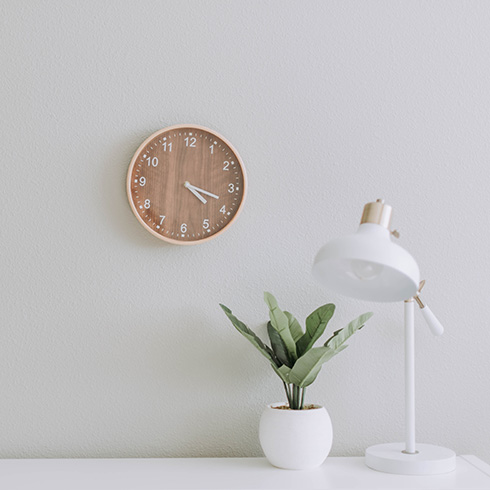
Slow-Growing Plants Are More Expensive…and Many Popular Plants Are Slow-Growing
One of the factors that impacts plant cost is growing speed. Plants that grow quickly can get onto the market quicker, which makes them more available, which in turn will bring down the price. With plants that grow slowly, it takes longer to get more of them into eager plant parents’ hands, and this scarcity makes those plants more expensive. And those flashy variegated plants that seem to always go viral? They tend to be slow growers because the mutation that makes them so variegated and gorgeous also hinders their ability to photosynthesize.

Importing Plants is Risky Business
When your local plant shop or greenhouse sources tropical plants, they often get them from suppliers who in turn purchase them from growers overseas in the warmer climates those plants are native to. Some of the most popular locations to import houseplants from are Indonesia and Thailand. Importing plants is an expensive process because it is time-consuming, requires paperwork and permits, and can be risky. Live houseplants shipped halfway around the world may arrive in poor condition or even dead, and with pricey plants, that can be an expensive mishap. The cost and risk of importing plants is rolled into the cost of the plant itself, which is passed on to us consumers.
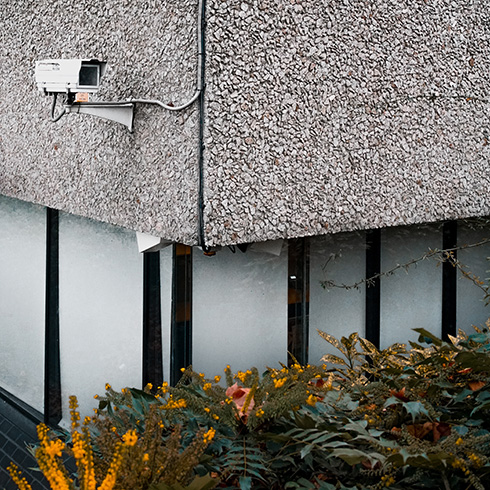
Plant Theft is a Real Problem
As most of us are all too aware, inflation has meant a rise in the cost of goods. What you may not know is that that in turn has led to an increase in shoplifting in many stores, and even though houseplants are not really a necessity, plant shops have experienced this as well. Many small plant stores in Ottawa, Ontario have noticed an increase in brazen plant theft and damage. One local garden center has beefed up loss prevention measures with security cameras and signs to deter shoplifting whole plants or “proplifting”, where people steal cuttings of plants at the store to propagate at home. The loss of inventory along with the cost of added security gets incorporated into the cost of the plants themselves, which increases prices.
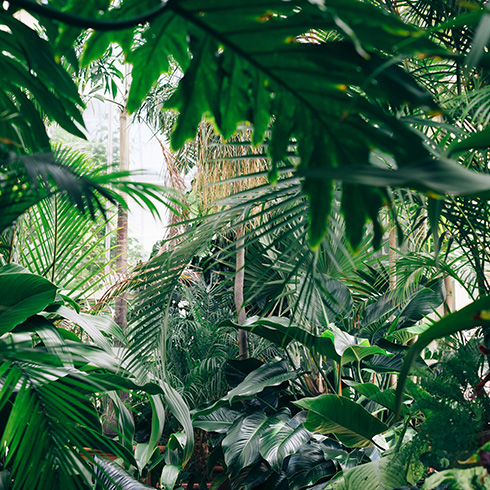
Location, Location, Location
As in real estate, when it comes to plant availability, location is everything. Plants that are native to your part of the world will be more common and less expensive in that part of the world (you should see the plant collections of some Jakarta Plantstagrammers!). This impacts pricing, too It’s not unheard of for plants that are common and inexpensive in Canada to be uncommon and thus fairly expensive in Australia, for example. Just as availability or rarity varies by location, so will plant prices.

Cost of Living
Inflation has meant an overall increase in the cost of goods and services, and plant shops are feeling that as well. If only a money tree were a plant where money actually grew on trees! Your local plant stores have to pay for electricity, water (and plenty of it), labour, bookkeeping and point of sale software and services, and more. The increased cost of these business necessities means that plant shops have to pass this added cost onto consumers in order to continue to make a profit and remain a viable business.
HGTV your inbox.
By clicking "SIGN UP” you agree to receive emails from HGTV and accept Corus' Terms of Use and Corus' Privacy Policy.




